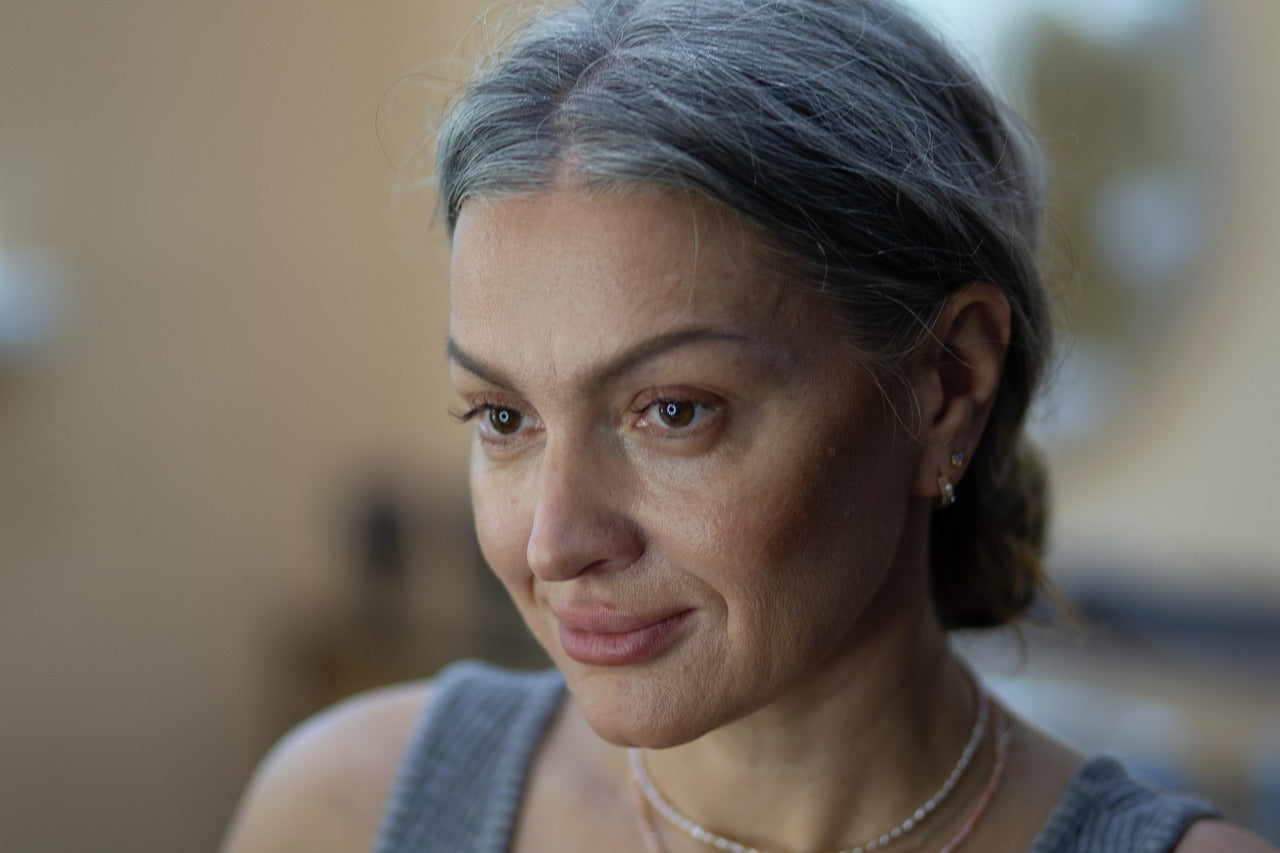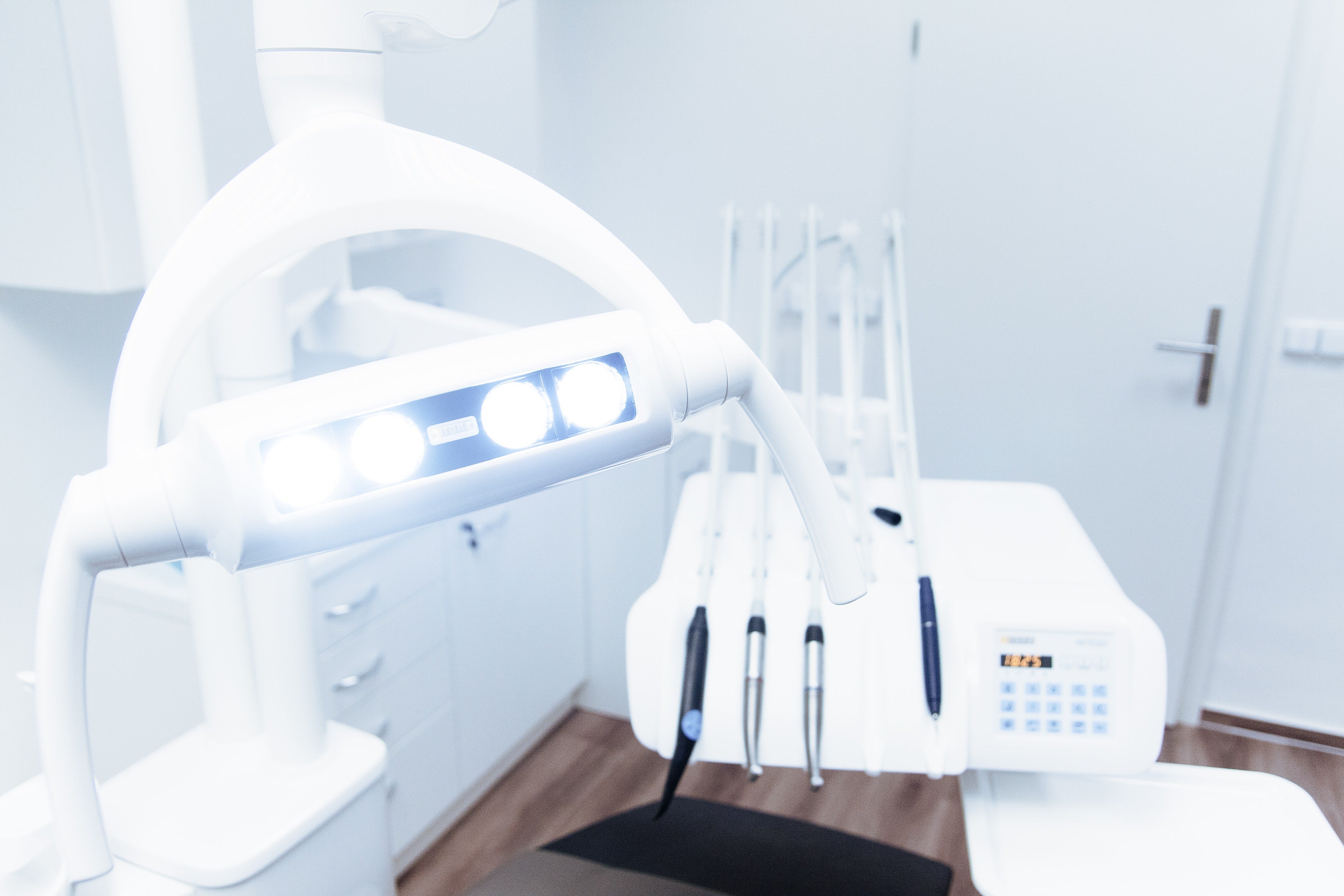The impact of the sun’s rays on human skin has been a topic of interest for scientists for many years, directing their attention first to ultraviolet B radiation, also known as UVB. Later, they were more focused on studying how human skin reacts to exposure to ultraviolet A rays, commonly referred to as UVA. researchers found that exposure to UVA can negatively affect the skin and cause practically all types of skin aging, such as wrinkles, by damaging collagen and elastin and generating free radicals. Moreover, according to Saira George, M.D., a dermatologist at MD Anderson Cancer Center, when “UVA partners up with UVB,” they can “cause more serious problems, like skin cancer.”
Non-invasive cosmetic procedures are generally less painful and more comfortable for treating the negative effects of UVA and UVB on skin compared to invasive surgical procedures, and with the exceptional technological advancement in the medical and aesthetic fields, non-surgical aesthetic treatments have been yielding desirable outcomes for treated patients. Among such treatments is LED (light-emitting diode) light therapy. At its core, phototherapy is the application of nonthermal, noninvasive light to the skin cells in order to gain therapeutic results. The use of LEDs for skin rejuvenation and repair has been only recently gaining attention, although the technology itself has been around for over six decades. “This is a tremendously undertapped area in medicine,” says Dr. Jared Jagdeo, an associate professor of dermatology and director of the Center for Phototherapy, SUNY Downstate Health Science University. “But LED light therapy is going to revolutionize the way home medical treatment is delivered for skin care over the next 10 to 15 years.”
While lifting and de-wrinkling sagging skin using the light-emitting diode light therapy is still a relatively new method employed in the aesthetic field, researchers have put the effectiveness of this technology to the test, with the treated subjects seeing improvements in skin rejuvenation and repair. However, some suggest that the LED technology may put patients at health risk, especially those with certain health conditions or who do not strictly follow the safety guidelines of receiving the treatment. In this guide, we will tackle the mechanism by which LED light therapy works, how it can offer a noninvasive solution for lifting and de-wrinkling sagging skin, side effects and safety concerns, and who exactly should avoid the treatment.
LED Light Therapy: A Promising Skin Rejuvenation & Repair Technology
In light-emitting diode light therapy, different wavelengths of light are used depending on the target chromophore. Blue (415nm), red (633nm), and near-infrared (830nm) are the three wavelengths of light that are usually used to generate rejuvenation benefits. The use of LED light therapy for skin rejuvenation has been showing promising results, improving the appearance of photoaged skin by lifting and tightening lax skin and reducing rhytids. LEDs also may be more desirable than thermal-based skin-tightening devices as they do not cause any thermal injury to the treated area. Photobiomodulation, the mechanism by which the LED technology produces the skin-rejuvenating effects, is a nonthermal process involving exciting endogenous chromophores, resulting in the elicitation of photophysical and photochemical events. Photobiomodulation can yield noticeable anti-aging results by stimulating fibroblast proliferation, growth factors, collagen synthesis, and extracellular matrix production through the activation of cellular mitochondrial respiratory pathways. “You can alter the skin through photo-damaging with lasers, or photobiomodulation, which is a much more gentle way of changing the way the skin functions,” explains Dr. Jagdeo. “There’s a specific receptor in the mitochondria of the skin cells that red light specifically acts upon. And that’s why red light is an ideal wavelength for changing the way the skin functions.”
According to a 2020 study in the Journal of Drugs in Dermatology (JDD), exposing human skin cells to LEDs may be may have positive skin rejuvenation effects. LED phototherapy may boost fibroblasts, which are crucial biological cells responsible for supporting normal wound healing involved in critical biological processes, including breaking down the fibrin clot and making new extra cellular matrix (ECM) and structures of collagen that aid in supporting the other cells for a more effective wound healing process. When the skin gets exposed to LEDs and fibroblasts are boosted, the result is the creation of more collagen, providing the treated area with more elasticity, strength, and structure. A controlled study aimed to test the aesthetic benefits of a 633nm (96 J/cm2) LED light, given that subjects received the treatment three times a week and for a time period of twenty minutes. Before initiating the LED light therapy, there were no other aesthetic treatments received by the subjects in the previous six months. The results showed improvements in the appearance of photoaged skin, including reduced fine lines and wrinkles and increased softness and smoothness in the skin, with no reported adverse events. Another controlled study suggested that when a 633nm (126J/cm2) LED and an 830nm (66J/cm2) are combined, they can improve the appearance of periorbital wrinkles. Subjects were exposed to the 830nm LED for twenty minutes on Days one, three, five, fifteen, twenty-two, and twenty-nine and to the 633nm LED for twenty minutes on Days eight, ten, and twelve. The majority of treated subjects demonstrated an improvement in photoaging scores, softening of periorbital wrinkles, and improvements in skin firmness, softness, and smoothness.
Patients Health at Risk: Safety Concerns Surrounding the Use of LEDs
As the use of LED light therapy devices to improve skin feel and appearance has gained more popularity, concerns about directing LED lights to the face and allow to penetrate deeply into skin has been also raised, with some worrying that this technique might not be particularly safe. A controlled study in 2014 aimed to investigate both the safety and efficacy of light therapy in the improvement of skin feeling and appearance. Since the action spectra for tissue repair and regeneration do not consist of one wavelength solely, the effects of the application of a polychromatic spectrum covering a broader spectral area were put to the test. In the study, which was prospective, controlled, and randomized, a total of 113 volunteers were assigned into four treatment groups and were treated two times a week with either 570–850 nm or 611–650 nm polychromatic light. The treated subjects were compared with control groups.
The results were based on data collected at baseline and after thirty sessions including computerized digital profilometry, ultrasonographic collagen density measurements, blinded evaluations of clinical photography, and a patient satisfaction assessment. The results of the study showed that light therapy was effective in improving skin complexion and skin feeling, demonstrated by the skin improvements experienced by the treated subjects. Compared with the control groups, the blinded clinical evaluation of photographs showed positive results on skin rejuvenation and repair in the intervention groups. The study concluded that using red light only has the same effect as using broadband polychromatic PBM. Yet, when compared with the control groups, the light sources that were not been used for PBM before proved to be both safe and effective for intradermal collagen increase and skin rejuvenation
In theory, light therapy can potentially cause harm to the retina of the eye due to the blue light hazard. The risk excludes other ocular structures. In a PubMed search on January 4, 2017, 161 articles out of 6708 were fully reviewed. As a result, 43 articles in total reported on ocular complaints, with ocular examinations being incorporated into the analyses. The review did not find any consistent evidence for dangerous ocular effects associated with the use of LEDs, suggesting that in the event of a physically healthy, unmedicated person being treated, the procedure is safe for the eyes. In the studies involving LED light therapy, ocular complaints, such as vision issues and ocular discomfort, were reported in around 0% to 45% of the participants. Based on individual studies, no evident relationship between the occurrence of complaints and light therapy dose was found. There was no evidence of ocular damage due to light therapy, with the exception of one case report that documented the development of maculopathy in a person treated with the photosensitizing antidepressant clomipramine. However, the results do not necessarily mean that light therapy is safe for those who have ocular abnormalities or increased photosensitivity.
In 2019, Neutrogena recalled its acne mask over concerns about the effects of blue light on the eyes. According to the company, mask users reported adverse reactions that were resolved after they stopped using it, including “transient eye pain or irritation, tearing, blurry vision, seeing spots, or changes in color vision.” These reports were not frequent, as at the time of the recall, Neutrogena only received complaints on around 0.02% of sold masks. The company stated that those with underlying eye conditions or has sensitivity to light due to taking certain medications such as doxycycline or other antibiotics, could potentially be at risk for eye injuries while using the mask. According to Michael R. Hamblin, an organic chemist at the Wellman Center for Photomedicine at Massachusetts General Hospital, blue light has the potential to damage eye cells as it excites molecules producing destructive oxygen species. He adds that there is a positive correlation between the intensity of the light directed to the skin and the damage done; while it is not likely to get harmed by blue LEDs that give off diffuse light, focused laser beams may put individuals at risk of getting eye injuries, especially from accidental exposure.
In addition to practicing dermatologists, the photochemistry of blue light was also a topic of interest for chemists, who employ blue light to aid in catalyzing photoredox reactions. The sources of blue lights become both more available and intense as the field of photoredox has grown. A team of chemists at Corey Stephenson’s lab at the University of Michigan protected themselves against blue LED-powered reactions by covering them with aluminum foil. As the group turned to use higher intensity Kessil blue lamps, however, they were more careful when dealing with blue lights at the lap, running reactions inside boxes or hoods that are covered with layers of a thin amber film. The group also used to wear glasses with amber lenses to add extra protection against harmful lights. To avoid possible negative effects of the treatment, staff and special technical equipment in the clinic are essential. For instance, patients can get sunburns due to the light not having a diffuser to filter out harmful UV rays. There is advanced equipment nowadays that is believed to be safe on the skin due to the lamp's ability to filter out UV rays during the procedure.
Not for Everyone: Who Can Benefit from LEDs & Who Can’t
LED light sources are proven to be quite safe and effective skin rejuvenation treatments. However, given that the technology possesses narrow spectral bandwidths and dot-shaped (punctiform) emission characteristics, light therapy may not be advantageous to everyone. There are several contraindications for the use of LEDs, the major ones include diseases involving the retina of the eye (e.g., diabetes), as well as the use of photosensitizing medications, such as melatonin, lithium, phenothiazine antipsychotics, and some antibiotics. Light therapy is also not recommended for those with a history of skin cancer and systemic lupus erythematosus. Other than this, it is argued that anyone can benefit from the anti-aging effects of the treatment, regardless of their skin type or color.
References
Wunsch A, Matuschka K. A controlled trial to determine the efficacy of red and near-infrared light treatment in patient satisfaction, reduction of fine lines, wrinkles, skin roughness, and intradermal collagen density increase. Photomed Laser Surg. 2014 Feb;32(2):93-100. doi: 10.1089/pho.2013.3616. Epub 2013 Nov 28. PMID: 24286286; PMCID: PMC3926176.
Shirani A, St Louis EK. Illuminating rationale and uses for light therapy. J Clin Sleep Med. 2009 Apr 15;5(2):155-63. PMID: 19968050; PMCID: PMC2670336.
Ablon G. Phototherapy with Light Emitting Diodes: Treating a Broad Range of Medical and Aesthetic Conditions in Dermatology. J Clin Aesthet Dermatol. 2018 Feb;11(2):21-27. Epub 2018 Feb 1. PMID: 29552272; PMCID: PMC5843358.
Bainbridge P. Wound healing and the role of fibroblasts. J Wound Care. 2013 Aug;22(8):407-8, 410-12. doi: 10.12968/jowc.2013.22.8.407. PMID: 23924840.
Huang A, Nguyen J, Ho D, Jagdeo J. Light Emitting Diode Phototherapy for Skin Aging. Journal of Drugs in Dermatology. 2020;19(4):359-364.










Leave a comment
All comments are moderated before being published.
This site is protected by hCaptcha and the hCaptcha Privacy Policy and Terms of Service apply.